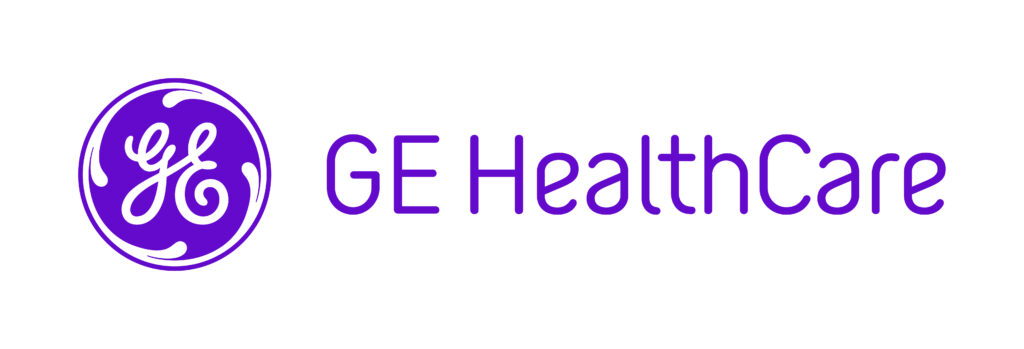 GEHC receives FDA clearance for Precision DL (deep learning) image processing software. It improves image quality on GEHC’s PET/CT, Omni Legend, which enables faster scanning time and improved small lesion detection. Deep learning as part of AI is a subset of machine learning (ML), which uses a neural network with three or more layers that simulates the human brain in processing and ‘learning’ from large amounts of data and drawing judgments from it. (See our recent Perspectives for a more nuanced explanation.) According to GEHC’s presentation brochure on Precision DL, it is trained with thousands of PET images made using multiple reconstruction methods. Mobihealthnews
GEHC receives FDA clearance for Precision DL (deep learning) image processing software. It improves image quality on GEHC’s PET/CT, Omni Legend, which enables faster scanning time and improved small lesion detection. Deep learning as part of AI is a subset of machine learning (ML), which uses a neural network with three or more layers that simulates the human brain in processing and ‘learning’ from large amounts of data and drawing judgments from it. (See our recent Perspectives for a more nuanced explanation.) According to GEHC’s presentation brochure on Precision DL, it is trained with thousands of PET images made using multiple reconstruction methods. Mobihealthnews
GEHC was spun off from parent General Electric (GE) in January. GE retained about 19% of its stock at the time with the remaining being distributed to GE shareholders, but on Monday announced that it would sell 25 million shares, or about $2 billion in value, in a debt-for-equity exchange. The debt is held by affiliates of Morgan Stanley which would then receive the stock, which has done well. This would reduce GE’s stake in the spinoff considerably. Reuters, Yahoo Finance
Samsung partnering with care.ai for facility ‘smart care’. Orlando-based care.ai’s Smart Care Facility Platform monitors for conditions and learns from patient behaviors. It can be used for infection prevention and control, patient and protocol monitoring, workforce optimization, and virtual care. The AI-powered platform will be integrated into Samsung displays for clinician use, including virtual care. The system will be utilized in hospitals, nursing homes, and care facilities. care.ai release,
Mayo Clinic is also jumping on the AI bandwagon with Google Cloud. Google Cloud’s Enterprise Search in Generative AI App Builder (Gen App Builder) will be used to make it easier for clinicians and researchers to find the information they need and improve the efficiency of clinical workflows to ultimately improve patient outcomes. According to the release, Enterprise Search in Gen App Builder unifies data across dispersed documents, databases, and intranets, making it easier to search, analyze, and identify the most relevant results. Mayo is an early adopter of the system. Google Cloud release
Wolters Kluwer Health has acquired Atlanta-based Invistics. Invistics’ Flowlytics tracks medication in hospitals and other patient care settings through ML-based systems. The most critical ‘hot button’ use is for detecting drug diversion, which is when a healthcare worker illegally obtains or uses prescription drugs intended for a patient. This is done by reconciling drug transactions from purchase to patient, with their system being used to rapidly and accurately identify patterns of behavior consistent with drug diversion. More routine usage is for automating controlled substance compliance. This will fit in with Wolter Kluwer’s existing products Simplifi+ and Sentri7 in their Clinical Surveillance, Compliance & Data Solutions unit. Information on transaction cost and management transitions were not disclosed. Release
Hat tip to HIStalk’s new AI News feature 7 June for both Mayo-Google Cloud and WK-Invistics.







Most Recent Comments